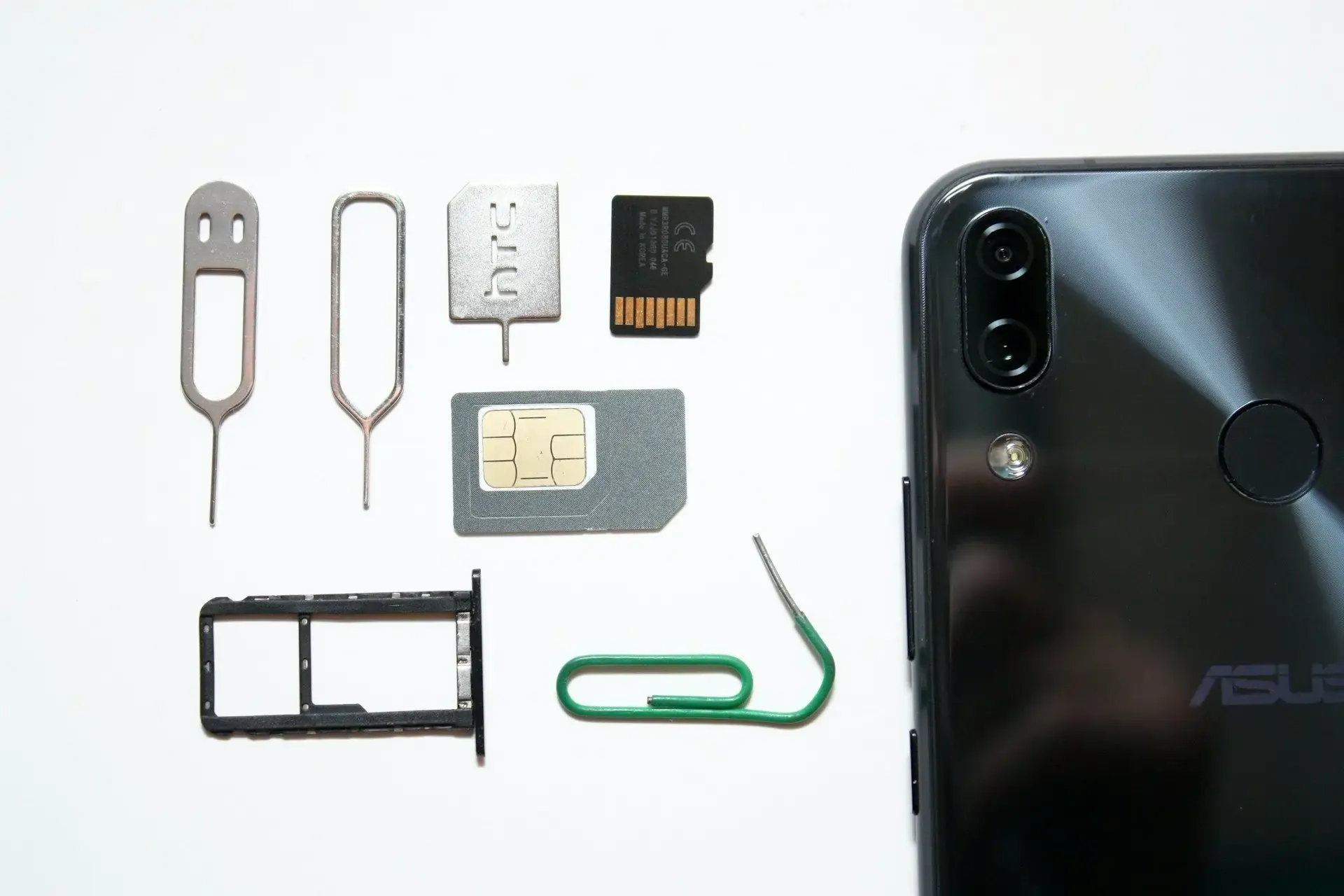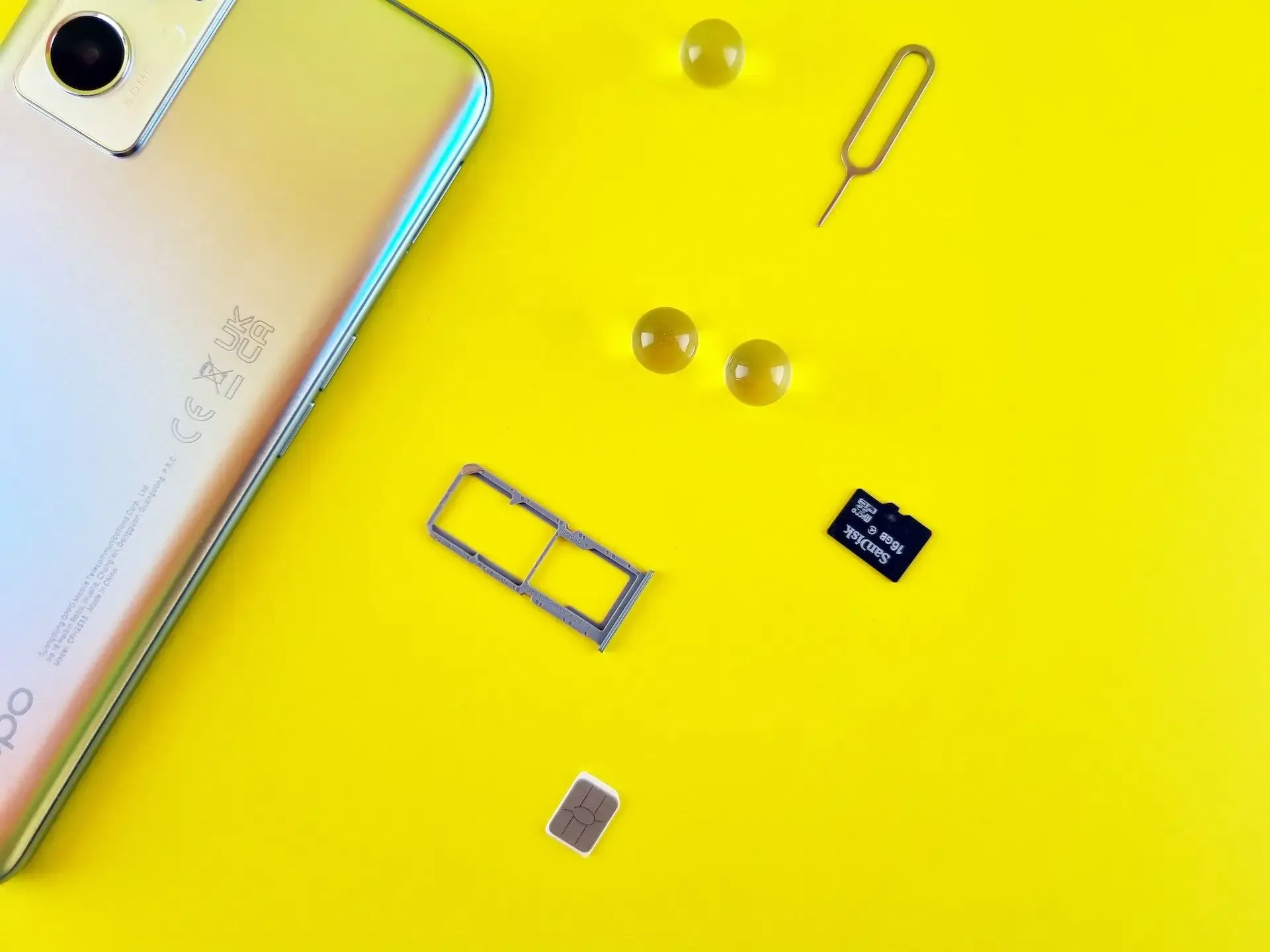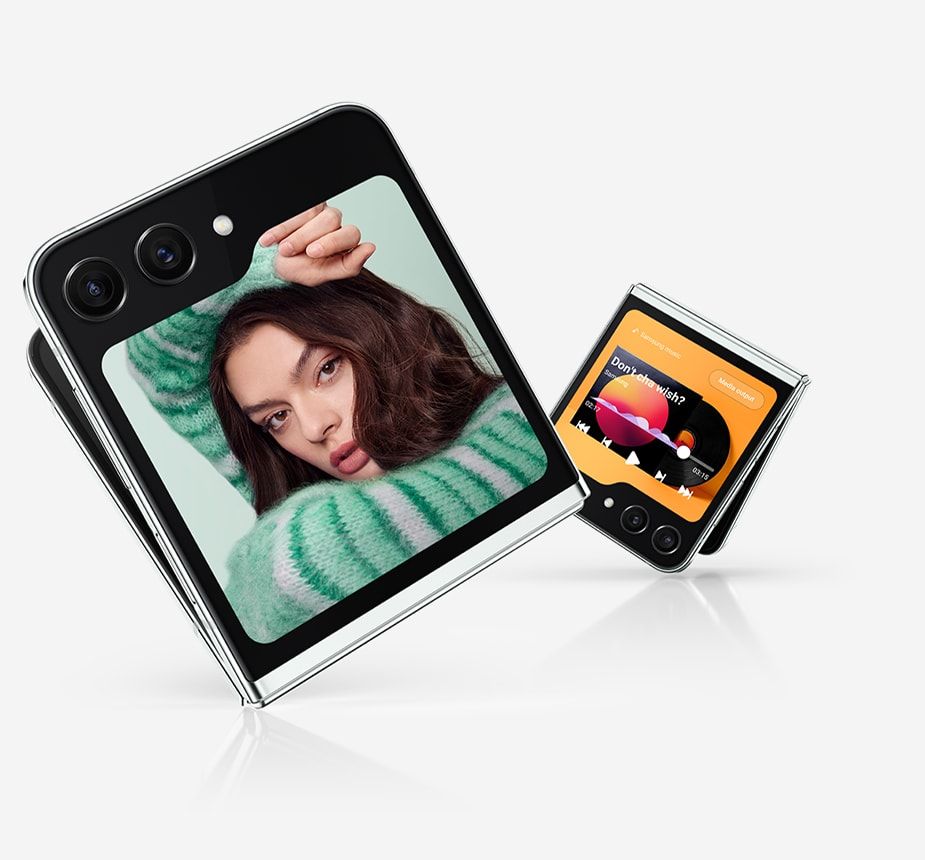eSIM
What Is A Dual Sim Phone? A Complete Guide for Travellers & Power Users (2025)
Dual SIM Phones Explained: How They Work and Why You Might Need One
Wondering how dual SIM phones work and whether they're right for you? Here's the short answer: they let you use two mobile numbers or data plans on a single device—perfect for travel, work-life balance, or staying connected in more places.
Dual SIM phones can accommodate two physical SIM cards, a combination of a physical SIM and an eSIM, or even multiple eSIMs. This versatility offers significant benefits for international travelers, professionals managing separate phone numbers, and those needing wider network coverage. While dual SIMs may consume more battery, they offer unmatched flexibility and connectivity for users.
In this guide, we’ll break down the different types of dual SIM setups, how to manage battery usage, and what to consider when choosing between a physical + eSIM combo or dual physical SIMs.

What Is a Dual SIM Phone?
A dual SIM phone is a device that can hold and operate two eSIMs at once.This means you can have two distinct phone numbers or active data plans simultaneously. From efficiently managing personal and work communication to leveraging different network providers for better coverage, there are many reasons to use two SIM cards at once.
There are a few key configurations to be aware of when it comes to dual SIM setups. Here’s a breakdown of the main types:
Dual SIM Dual Standby (DSDS): Both SIMs are on standby, ready to receive calls or messages. However, only one SIM can be actively used for a call or data session at any given time. For instance, if you're on a call using SIM 1, SIM 2 will be temporarily unavailable.
Dual SIM Dual Active (DSDA): A more advanced setup where both SIMs can be active simultaneously. You can receive a call on one SIM while using mobile data on the second SIM, or even answer a call on the second SIM while the first is on hold.
What Are The Benefits Of A Dual SIM Phone
Using a dual SIM phone comes with several practical advantages:
Unparalleled Convenience: Effortlessly manage two distinct phone lines, such as work and personal, all within a single device.
Smart International Travel: Significantly reduce roaming costs when traveling by using a local SIM for calls and data while keeping your home SIM active to receive important communications.
Cost-Effective Choices: Take advantage of two different data or voice plans. For example, one SIM with cheap data and another with better call rates or coverage.
Does Dual SIM Use More Battery?
Yes, dual SIMs typically consume more battery than a single SIM setup. Here’s why:
Increased Background Activity: Each SIM card connects independently to a network, meaning the phone must handle two networks simultaneously. Even in Dual SIM Dual Standby (DSDS), both SIMs constantly communicate with their networks while on standby, increasing power usage. This drain is amplified in areas with weak signal as the phone works harder to maintain a connection for both SIMs.
Separate Data Tracking: Some users keep one SIM dedicated to data, while the other handles calls and texts. The phone has to continuously track both data and call usage separately, which increases battery consumption.
Higher Power Consumption for Dual Standby: While Dual SIM Dual Standby (DSDS) increases background activity, Dual SIM Dual Active (DSDA), which allows simultaneous use of both SIMs for calls and data, can lead to even faster battery depletion when both connections are actively engaged.
Tips to Reduce Battery Drain:
- Set a primary SIM for data: This reduces unnecessary background data usage on the secondary SIM.
- Disable one SIM temporarily: Especially useful in areas with poor signal on one SIMApply standard battery-saving practices: Lower screen brightness, limit background app activity, and turn off unnecessary location services.
What Is the Difference Between SIM 1 and SIM 2?
In phones with two SIM slots, you’ll see them labelled as SIM 1 and SIM 2. The difference depends on your device, but here’s a general breakdown:
- Primary and Secondary Network Priority: In some devices, SIM 1 is the primary slot and may support faster network types, such as 5G or 4G, while SIM 2 may only support slower networks like 3G or 2G. However, many newer phones support equal networks on both slots.
- Network Settings: Some phones may allow you to assign different tasks to each SIM, like setting SIM 1 for mobile data and SIM 2 for calls and texts.
- Carrier Limitations: Some carriers restrict mobile data to SIM 1 only, especially for international models, so checking with your carrier before setting up dual SIMs is a good idea.
While there may be slight differences, the functionality of SIM 1 and SIM 2 is generally designed to be flexible, so you can set the primary SIM based on your needs. To be sure if there are any key differences in both SIM slots, check with your device manufacturer for the detailed specification.
Is SIM + eSIM Better Than Two Physical SIM Cards?
In recent years, the use of eSIMs (embedded SIMs) has been on the rise, offering a digital alternative to physical SIM cards.
If your phone has dual SIM slots and you're weighing your options, here's a look at some key points in the eSIM vs. physical SIM debate:
- There are no major difference in speed and coverage between a physical SIM and an eSIM
- An eSIM could provide you with greater flexibility and convenience, allowing you to install your eSIM without having to take out your SIM tray. And in the event where you need additional SIM profiles, using an eSIM will make it much easier for you to switch between the different profiles.
- But if you frequently switch phones, transferring an eSIM can be more complex than simply removing and inserting a physical SIM card.
When eSIM is Better
- Temporary use (e.g. travel)
- Convenient and quick set-up
- Rarely switch devices
When a Second Physical SIM is Better
- More long term use
- Frequently switch phones
- Simplicity of physically moving a SIM between devices
Highly rated 4.4/5.0 on Trustpilot
Save up to 50% on roaming
Fast and reliable network
Can I Use Mobile Data on Both SIMs Simultaneously?
No, most dual SIM phones allow only one SIM to use mobile data at a time, though you can switch between SIMs as needed from your device settings. This limitation is partly due to the phone's ability to handle only one data network at a time, even if both SIMs are 5G-capable.
Switching data between SIMs is straightforward in the phone’s settings, and some phones even allow you to set data limits separately for each SIM, which is helpful for managing costs, especially if one SIM is used for international data.
Current Dual SIM Phones Available in 2025
Here's a general list of some popular dual SIM phone models in 2025. Please note that availability can vary by region and carrier.
- Samsung Galaxy Series: Samsung continues to offer a wide range of dual SIM phones across different price points. The Galaxy S25 series supports dual SIM functionality. In the mid-range segment, models like the Galaxy A56 5G continue to offer dual SIM support.
- Apple iPhones: While iPhones in the US have moved towards eSIM-only, globally, many iPhone models like the iPhone 16 series offer dual SIM support through a nano-SIM slot and an eSIM, or in some regions, dual physical SIM slots.
- OnePlus Series: Known for their performance, OnePlus devices like the OnePlus 13 are typically available in dual SIM configurations, often supporting two physical nano-SIM cards.
- Google Pixel Series: Google's Pixel phones, such as the Pixel 9, often support dual SIM functionality through a combination of a physical SIM slot and eSIM capabilities.
- Xiaomi and Redmi Series: These brands offer a variety of dual SIM phones, often with a focus on providing excellent value. Models like the Xiaomi 15 and Redmi 13 are examples of dual SIM-enabled devices.
- ASUS Zenfone and ROG Phone Series: ASUS provides dual SIM options in their Zenfone line, such as the Zenfone 12 Ultra, and their gaming-focused ROG Phone series, like the ROG Phone 9, which often cater to users needing robust connectivity.
Frequently Asked Questions (FAQs)
Can I use both SIMs at the same time in a dual SIM phone?
Yes, most dual SIM phones support standby mode, allowing both SIMs to remain active. However, only one line can typically be used for calls or data at a time, depending on the phone’s dual SIM settings.
What’s the difference between dual SIM and dual standby?
Dual SIM phones can hold two SIMs, but “dual standby” means only one SIM is active for calls/data at a time. “Dual active” SIM phones (less common) allow both SIMs to work simultaneously for voice and data.
Do all phones support eSIM + physical SIM combinations?
No, eSIM support varies by manufacturer and model. Many newer iPhones, Google Pixels, and Samsung Galaxy phones support one eSIM + one physical SIM, while some allow two eSIMs with no physical SIM slot at all.
Will dual SIM drain my battery faster?
Yes, slightly. Managing two active SIMs requires more background processes, which can increase battery drain. Disabling one SIM when not needed can help conserve power
Is dual SIM better for international travel?
Absolutely. Dual SIM phones let you keep your home number active while using a local SIM or data plan, making them ideal for frequent travelers who want to stay connected affordably.
Stay Connected with a Nomad eSIM
Dual SIM phones offer significant benefits and one of the biggest advantages is travel flexibility. With dual SIMs, travelers can still keep their home SIM card active, allowing them to receive calls and messages on their home SIM card while using a second SIM for their data needs.
This provides the flexibility of choosing between travel eSIMs or local SIM cards, and travelers are no longer subject to the expensive roaming costs of their home telco.
If you will be traveling, get a Nomad travel eSIM to help you stay connected on your trip. Whether it is to help you navigate, discover restaurants and attractions nearby, or simply to keep in touch with your friends and family, having a good internet connection on your trip is essential. Nomad's eSIMs give you access to affordable data eSIMs in over 200 destinations worldwide.
Choose from a variety of local, regional, and global data plans, buy and install your eSIM before you fly, and connect to a mobile network within minutes of arrival. Running out of data mid-trip? Simply purchase an add-on in the Nomad app.



